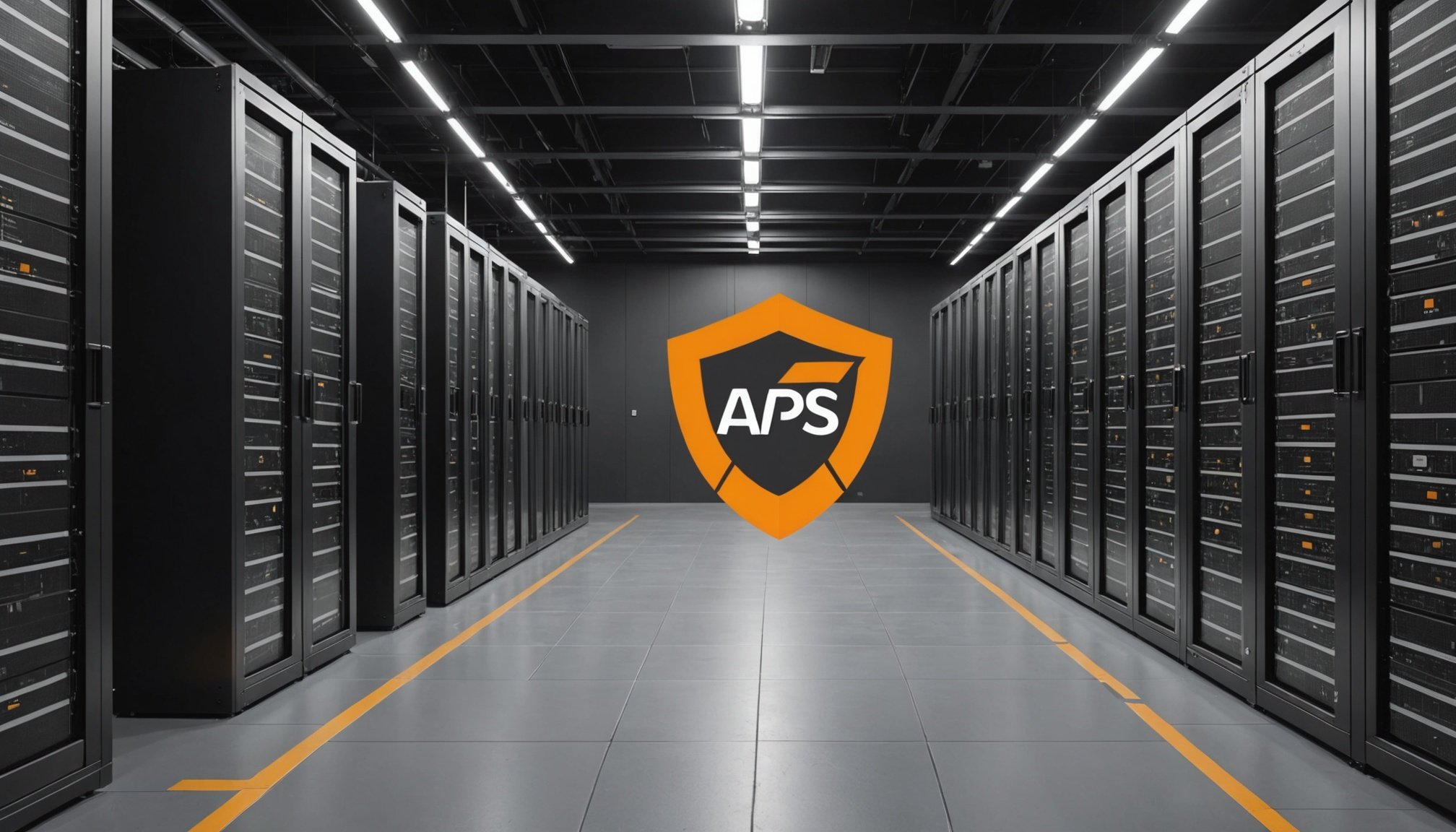Security Considerations
Ensuring VPN security is vital for safeguarding data while using Site-to-Site VPNs. Encryption serves as the backbone of secure VPN communications, providing a layer of privacy that prevents unauthorized access to sensitive information. Utilizing encryption protocols like IPsec helps to secure data as it travels through the tunnel between on-premises networks and the AWS environment.
Effective data protection requires a comprehensive approach. Implementing multi-factor authentication for administrative access to VPN configurations adds an extra layer of security. Moreover, regular audits and updates to your security policies ensure that on-premises and AWS environments remain resilient against potential threats.
Also to discover : Mastering Mobile Privacy: Your Comprehensive Handbook for End-to-End Encryption Success
Adhering to best practices ensures robust VPN security. This includes setting stringent rules in your security groups and network access control lists (ACLs) to limit traffic strictly to necessary sources and destinations. Routinely assessing and updating these configurations help in maintaining a high-security posture.
For ongoing VPN security management, it’s crucial to monitor activities using AWS CloudWatch. This tool provides insights into connection states and potential intrusions, allowing organizations to proactively respond to security incidents. Regular monitoring combined with a proactive security strategy can significantly enhance the integrity and safety of your VPN setup.
Additional reading : Elevate Your Data Game: A Comprehensive Guide to ETL Jobs Using AWS Glue
Prerequisites for Configuration
When configuring a Site-to-Site VPN with AWS, understanding VPN prerequisites is crucial. First, ensure you have the necessary network configurations in place. These include compatible networking equipment that supports VPN protocols and sufficient bandwidth to handle expected traffic.
An AWS account setup is essential to initiate the VPN configuration. You need appropriate permissions, particularly for VPC creation and management. Make sure that you’re familiar with the AWS Identity and Access Management (IAM) roles required to deploy network resources securely and efficiently.
Understanding the network requirements is vital. Accurate IP addressing and defined routes are crucial for seamless connectivity between your on-premises network and the AWS VPC. Pay attention to any overlapping IP ranges as these could disrupt correct traffic flow and connectivity.
Consider the desired routing options. You have a choice between static or dynamic routing protocols. Dynamic protocols like BGP (Border Gateway Protocol) can offer more flexibility and adaptability for handling network changes efficiently.
These configurations, equipment checks, and understanding of required IP addressing form the backbone of a successful VPN setup, ensuring robust network connectivity. Proceeding without verifying these prerequisites could result in wasted resources and potential connectivity failures.
Overview of Site-to-Site VPN and AWS VPC
A Site-to-Site VPN serves as a secure bridge between an on-premises network and an AWS VPC (Virtual Private Cloud), facilitating reliable network connectivity. This technology is fundamental for businesses aiming to extend their private network to AWS, enabling resources in the on-premises network to interact seamlessly with those in the VPC.
The primary advantage of this setup is enhanced network connectivity. By connecting on-premises networks to an AWS VPC, organizations can leverage AWS’s robust infrastructure while maintaining control over their data. This ensures secure communication channels for data transfer, a critical factor in today’s digital landscape.
Key components involved in the setup process include the Virtual Private Gateway, which serves as a termination point on the AWS side, and the Customer Gateway, corresponding to the on-premises router or firewall. This configuration facilitates encrypted traffic flow between the two networks, offering a high level of security.
Moreover, businesses can benefit from AWS’s global network architecture, ensuring low-latency connections and high availability, thus improving overall system performance. Understanding these components and benefits is essential for effective deployment and management of a Site-to-Site VPN with AWS.
Step-by-Step Configuration Guide
Setting up a Site-to-Site VPN requires careful attention to the VPN configuration and the integration of AWS. Initially, you will need to create a Virtual Private Cloud (VPC), which forms the foundation of your AWS network environment. This involves configuring subnets within the VPC to establish dedicated network segments and setting up an Internet Gateway to facilitate external connections.
VPN Gateway Configuration
Next, provision a Virtual Private Gateway. This serves as the AWS-end termination point for your VPN connection. Once provisioned, attach this gateway to your VPC to enable encrypted data transmission. Effective configuration requires setting up routing rules to direct network traffic appropriately, ensuring seamless communication between sites.
Customer Gateway Configuration
On the customer’s premises, defining the Customer Gateway is crucial. This involves specifying either static or dynamic routing protocols depending on your network’s needs. Tools like BGP (Border Gateway Protocol) offer flexibility for dynamic routing. Finally, configure your on-premises VPN device to establish a reliable connection with the AWS infrastructure. Proper network setup guarantees enduring and stable connectivity, crucial for robust business operations relying on AWS services.
Common Issues and Troubleshooting Tips
Navigating VPN troubleshooting can seem daunting, yet it’s essential for maintaining seamless network connections. Common connectivity issues often stem from misconfigured settings or incompatible hardware. Identifying such problems early can save time and prevent disruptions.
To troubleshoot routing and security group configurations, ensure that routing tables and security groups allow traffic from legitimate sources. Inadequate routing rules are a frequent source of VPN connection failures. Verify that the correct IP ranges and protocol settings are in place for intended communication between your network and the AWS environment.
Utilize AWS CloudWatch for efficient monitoring and diagnostics. This tool offers insights into connection stability and highlights potential issues, enabling proactive measures. It tracks metrics such as VPN tunnel states and traffic data patterns, which are invaluable for diagnosing interruption causes.
Consider implementing a step-by-step checklist to methodically address VPN connectivity issues. This can include reviewing key configuration areas such as encryption protocols, authentication settings, and hardware compatibility. By systematically following troubleshooting protocols, you’ll enhance your understanding and capability to resolve issues effectively.
Let these tips empower your network management, ensuring resilience and reliability for your Site-to-Site VPN connections.
Examples and Case Studies
Exploring real-world VPN use cases sheds light on the practical applications and benefits of deploying a Site-to-Site VPN with AWS. These examples can provide valuable insights into how organizations have successfully leveraged AWS’s capabilities to enhance their network infrastructure.
One example involves a global retail company that implemented a Site-to-Site VPN to connect its numerous branch offices with an AWS VPC. This setup allowed for improved network connectivity, enabling efficient data sharing and communication across locations. The enhanced connectivity supported the company’s operations, resulting in better coordination and streamlined processes.
In another case study, a financial institution utilized Site-to-Site VPN to bolster its security posture. By routing sensitive customer data through an encrypted VPN connection, the institution safeguarded confidential information while benefiting from AWS’s infrastructure reliability. The institution then offered secure, remote access for its employees, improving flexibility and productivity.
These cases illustrate the diverse benefits of Site-to-Site VPNs, from security enhancements to operational efficiencies. They provide concrete lessons and best practices, guiding other organizations considering similar setups. By analyzing these AWS examples, businesses can better understand deployment impacts and optimize their own Site-to-Site VPN configurations.
Frequently Asked Questions (FAQs)
Navigating the complexities of a Site-to-Site VPN can lead to common queries, especially regarding performance and connectivity. A frequently asked question is, “Does a Site-to-Site VPN affect network speed?” The precision answer is, yes, because the encryption and decryption processes may introduce latency. However, the impact can be minimized with efficient configurations and by leveraging AWS’s infrastructure.
What are the maintenance practices? Regularly updating the VPN configuration, including firmware and encryption protocols, is essential. Monitoring through AWS CloudWatch aids in maintaining optimal performance and promptly identifying issues.
Cost concerns are prevalent among users: “What costs are associated with a Site-to-Site VPN setup in AWS?” Costs vary based on factors like endpoint types, data transfer amounts, and AWS’s specific pricing structures. While VPN usage incurs charges, AWS provides a cost calculator to anticipate expenses better, facilitating budget planning.
Finally, a vital query pertains to backup solutions: Implementing failover strategies, such as having redundant VPN tunnels with dynamic routing, ensures business continuity. These FAQs aim to clarify prevalent concerns, guiding informed decisions about VPN management and optimization.
Links to Additional Resources
Understanding the complexities of a Site-to-Site VPN setup with AWS often necessitates further exploration beyond initial guides. Here, valuable VPN resources and AWS documentation are highlighted for those seeking an in-depth understanding.
-
AWS Official Documentation: This comprehensive repository includes detailed guides and specifications regarding setting up and managing Site-to-Site VPNs. It offers precise instructions to ensure optimal configurations.
-
Tools for Management: Management of your VPN can be greatly improved by utilizing AWS-specific tools. These tools aid in monitoring performance, configuring settings, and troubleshooting any connectivity issues that arise.
-
Community Forums and Support: Engaging with forums like the AWS community or networking groups can provide insights into practical solutions. Here, users discuss common challenges and share verified techniques for effective VPN management.
For those interested in specialized topics, AWS training modules present detailed courses on network connectivity and security. These resources form a supportive foundation for users to build expertise on AWS VPC deployments and network connectivity. Engaging with these materials can enhance both foundational knowledge and advanced operational skills, empowering users to manage their AWS environments efficiently.







